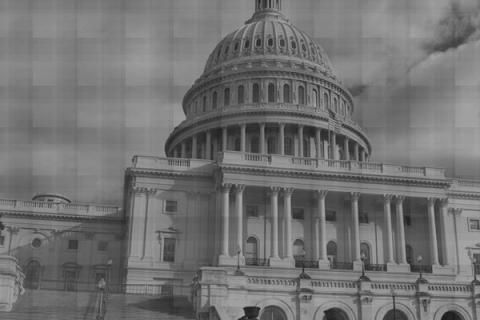
Many find it a surprise to learn that amid rising concern about the environment, President Richard Nixon in 1970 proposed the creation of an Environmental Protection Agency, a National Oceanic and Atmospheric Administration, and signed amendments to the 1967 Clean Air Act calling for reductions in automobile emissions and the national testing of air quality.
Such people may find it equally extraordinary that California established its Air Resources Board under Governor Ronald Reagan. Aside from their party affiliations, both Nixon and Reagan shared another likeness that may account for their similar alignments on environmental issues – both were Californians and, at one time, representatives of the state.
Although neither of these former presidents would ever be seen as “environmentalists” in any sense of the term, both hailed from a state that has lead the nation, and occasionally the world, in terms of environmental policy making.
More recently, in 2006, California’s Republican Governor Arnold Schwarzenegger signed Assembly Bill 32, the Global Warming Solutions Act of 2006, creating emissions standards and an emissions trading scheme for the state.
Though the signing was fraught with disdain from those with differing political views, what was more interesting was the fear that such a law would put California at a comparative disadvantage and cause emissions to increase in jurisdictions with less strict climate as a result of energy intensive sectors fleeing California – a situation known as “carbon leakage.”
In the years since AB 32 was signed, the California Air Resources Board and a number of state politicians have been working to expand the California model and provide for a larger marketplace where this problem is mitigated.
On Friday, May 17, the California Air Resources Board linked its carbon “cap and trade” program with one in the Canadian province of Quebec. The merger begins January 1, 2014. As a result, Quebec's permits that let polluters emit carbon dioxide can be purchased and used by California oil refineries, food processors, cement plants and other facilities. Similarly, California-issued pollution permits will be valid in Quebec.
The linkage agreement also provides an opportunity to closely monitor and fine tune these first two programs, setting the stage for similar arrangements with other jurisdictions that are committed to reducing greenhouse gases. “Expanding the program to Quebec creates a laboratory for broadening the trading system to other U.S. states, Canadian provinces and nations,” said Dave Clegern, an Air Resources Board spokesman.
It should be noted that not all are pleased with the administrative board’s decision. California Chamber of Commerce has argued for a number of years that AB 32 essentially constitutes a tax, a measure that requires a supermajority, which the bill did not receive. Others, including a number of environmental groups, argue that the state program is moving too slowly.
The administration of California Governor Jerry Brown argues that the strength of this partnership is not limited to the two jurisdictions alone. Its real strength, they argue, is that the partnership creates a path for future partners to follow. Currently, other U.S. states and Canadian provinces are watching carefully and beginning to talk about joining this movement. In addition, there are now discussions with Australia, the cap-and-trade program in the Northeast U.S., and the European Union. For now, we are left to wait amid this twenty-first century experiment in federalism.
